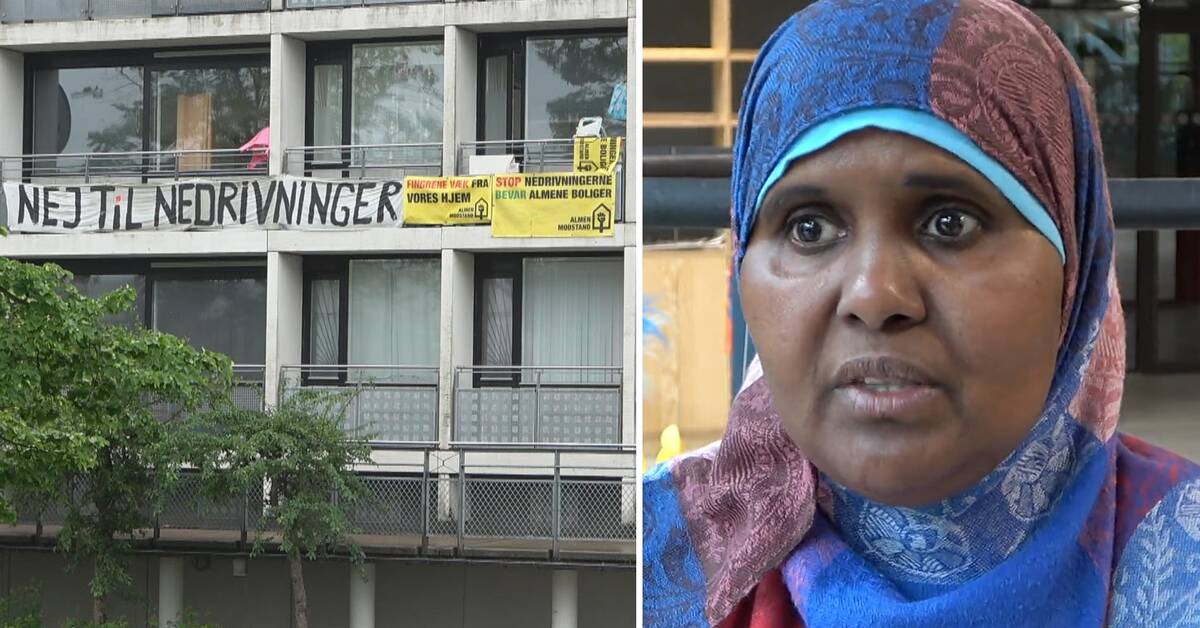At Gellerupparken in Aarhus, nearly 1,000 homes will be demolished. Protest flags were hung on apartment buildings with the messages “No to demolition” and “We don’t move” — and some residents began filing a lawsuit.
– To stop the whole ghetto plan, the parallel community plan because we think it didn’t happen the right way against the population, says Helly Hansen who was born in Gilrupparken.
‘Requires drastic changes’
In 2018, the Danish Parliament decided by a wide majority to rebuild 15 particularly vulnerable areas. The share of public family housing will only make up 40 percent of the stock in an area by 2030. The so-called Parallel Society Agreement.
The agreement requires drastic changes in these areas that were once referred to as harsh neighbourhoods, says Klaus Besch-Danielsen, professor of architecture and urban planning at Aalborg University, who evaluates the agreement over a ten-year period.
Several mayors were positive about the plan in 2018, but emphasized that it would be needed More than just demolishing.
Ghettos have become parallel societies
Gellerupparken is home to nearly 5,000 people and is one of the vulnerable housing areas in Aarhus and Denmark that was formerly called ghetto but after criticism it has been renamed parallel communities.
So far, many have been able to move within the area after it was demolished and renovated, otherwise those forced to move would be given an equivalent home in Aarhus.
frustration with rhetoric
There is significant frustration with the rhetoric and the forced deportations, says Klaus Besch-Danielsen, who has interviewed residents in all designated areas. Experiences from other countries that have made similar changes are not entirely clear.
There is no conclusive evidence that this will help individuals, but it will certainly create new areas. If it helps vulnerable individuals, we may not know until ten years from now. It is a huge social housing experiment launched in Denmark.

“Falls down a lot. Internet fanatic. Proud analyst. Creator. Wannabe music lover. Introvert. Tv aficionado.”




More Stories
More than 100 Republicans rule: Trump is unfit | World
Botkyrka Municipality suspends its directors after high-profile trip to New York
Huge asteroid approaching Earth | World